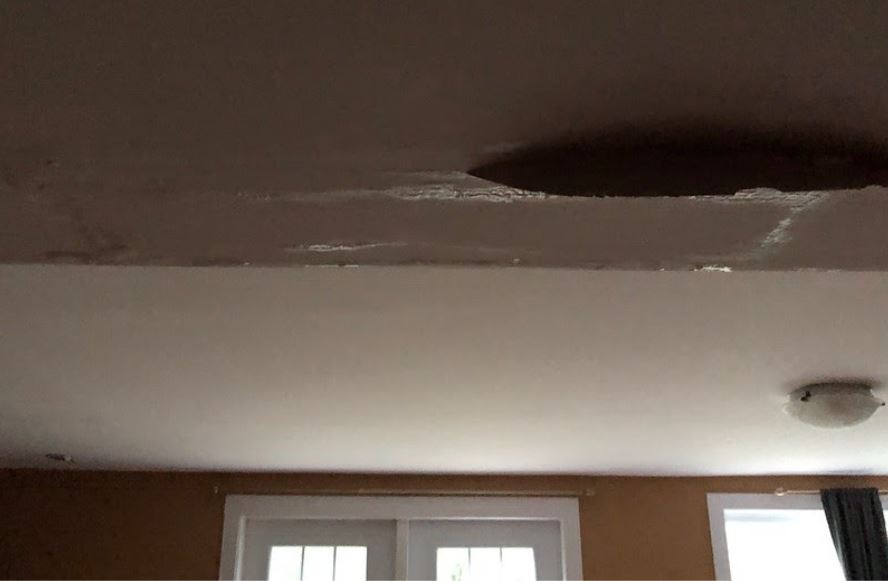Spot Common Causes for Water Leakage in Your Home
Spot Common Causes for Water Leakage in Your Home
Blog Article
This post in the next paragraphs involving How to Find Water Leaks is exceedingly captivating. You should take a look.

Leakages not only create waste of water however can likewise trigger unnecessary damage to your home and advertise unwanted organic growth. Unfortunately, water leaks might go unnoticed given that most of the pipework in our residence is hidden. By understanding and looking for everyday situations that create leakages, you can secure your house from future leaks as well as unneeded damages. Today, we will take a look at six leakage triggers that may be creating your pipelines to drip.
Instantaneous temperature modifications.
Severe temperature modifications in our pipelines can cause them to expand and also get unexpectedly. This expansion as well as tightening might create fractures in the pipes, especially if the temperature are below freezing. If you kept an eye on just how your plumbing works, it would be best. The presence of the formerly stated conditions often suggests a high threat.
Rusty water systems
This might be the cause of discoloration or warping on your water pipelines. If our plumbing system is old, take into consideration replacing the pipes considering that they are at a higher threat of deterioration than the more recent versions.
Faulty Pipe Joints
The point at which your pipes attach is regularly the weakest web link in the waterline. Pipe joints can deteriorate in time, causing water leakages. Regrettably, most of pipeline joints are not quickly noticeable. If you have noisy pipes that make ticking or banging sounds, particularly when the hot water is activated, your pipe joints are possibly under a great deal of stress. It is recommended to have your plumber check your system once a year.
Intruding origins
Most water leakages begin outside the home rather than inside it. You may see damp patches or sinkholes in your lawn, and that may imply that tree roots are invading water lines triggering water to leak out.
Poor Water Connectors
Sometimes, a leakage can be brought on by loose hose pipes and pipes that provide your devices. Usually, changing is what causes the loosened water Links. You may discover in the case of a cleaning device, a hose may spring a leakage as a result of trembling throughout the spin cycle. In case of a water links leakage, you might notice water running directly from the supply line or pools around your devices.
Obstructed Drains
Blocked drains may be aggravating and also inconveniencing, but they can sometimes end up triggering an overflow resulting in break pipes. Keep getting rid of any kind of materials that might go down your drains that might block them to prevent such inconveniences.
All the above are root causes of leaks yet not all water leakages result from plumbing leakages; some leaks might originate from roof leakages. All leaks must be repaired promptly to avoid water damages.
Leakages not just create waste of water yet can also create unnecessary damage to your home and promote unwanted organic growth. By comprehending and also looking for day-to-day scenarios that trigger leaks, you can secure your home from future leaks as well as unnecessary damage. Today, we will look at 6 leakage creates that may be triggering your pipelines to trickle.
At times, a leak can be created by loosened hose pipes and pipelines that supply your appliances. In situation of a water connections leakage, you might notice water running straight from the supply line or pools around your home appliances.
How To Check For Water Leak In Your Home
How To Check for Leaks
The average household's leaks can account for nearly 10,000 gallons of water wasted every year and ten percent of homes have leaks that waste 90 gallons or more per day. Common types of leaks found in the home are worn toilet flappers, dripping faucets, and other leaking valves. These types of leaks are often easy to fix, requiring only a few tools and hardware that can pay for themselves in water savings. Fixing easily corrected household water leaks can save homeowners about 10 percent on their water bills.
To check for leaks in your home, you first need to determine whether you're wasting water and then identify the source of the leak. Here are some tips for finding leaks:
Take a look at your water usage during a colder month, such as January or February. If a family of four exceeds 12,000 gallons per month, there are serious leaks.
Check your water meter before and after a two-hour period when no water is being used. If the meter changes at all, you probably have a leak.
Identify toilet leaks by placing a drop of food coloring in the toilet tank. If any color shows up in the bowl after 10 minutes, you have a leak. (Be sure to flush immediately after the experiment to avoid staining the tank.)
Examine faucet gaskets and pipe fittings for any water on the outside of the pipe to check for surface leaks.
Undetected water leaks can happen without the home or business owner even realizing. If you suspect a water leak, but not able to find the source. It is time to contact a professional water leak detection service, The Leak Doctor.
How To Find a Water Leak In Your Home
https://www.leakdoctor.com/blog/How-To-Check-For-Water-Leak-In-Your-Home_AE197.html

I was brought to that write-up about How to Find Water Leaks through a friend on a different web property. Sharing is caring. Who knows, you may just be helping someone out. I praise you for your time. Come back soon.
Urgent plumbing disruptions? Contact now Report this page